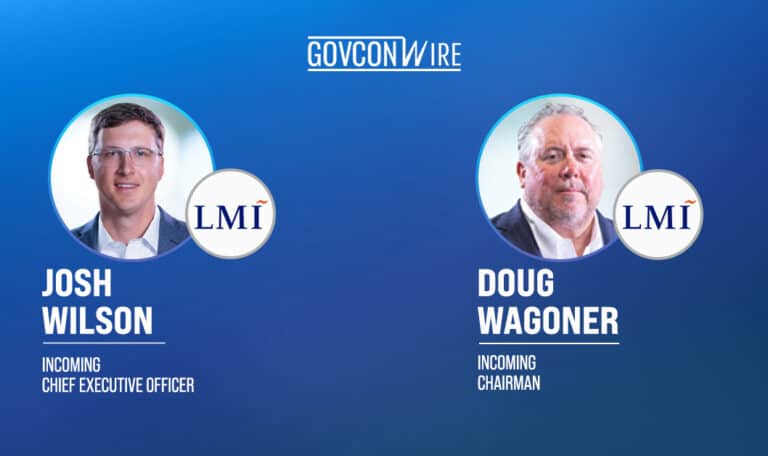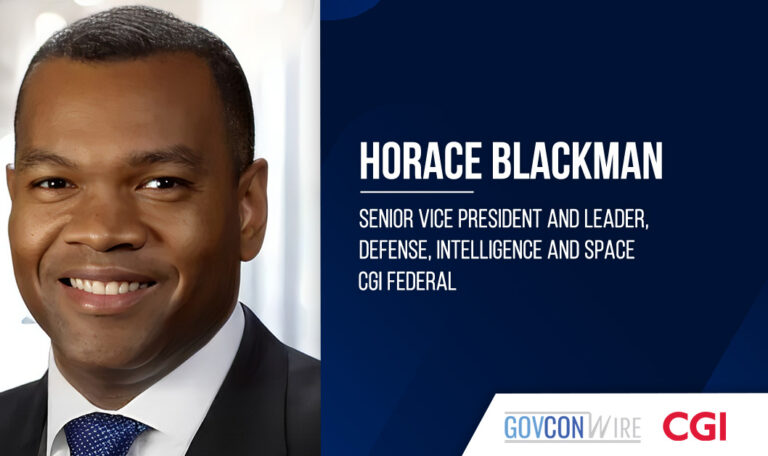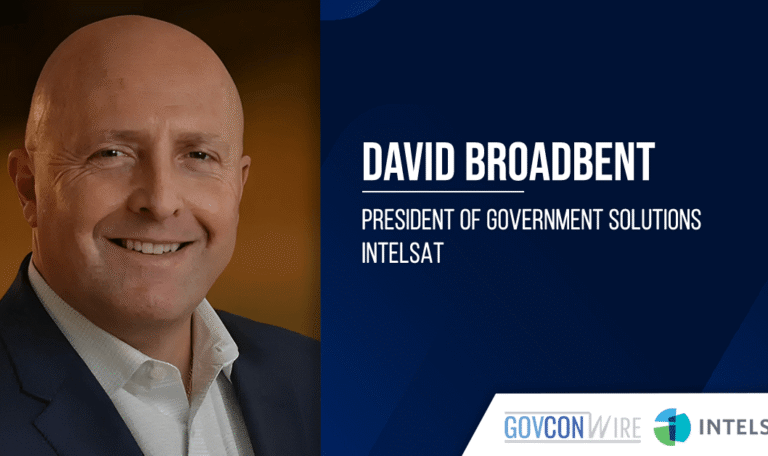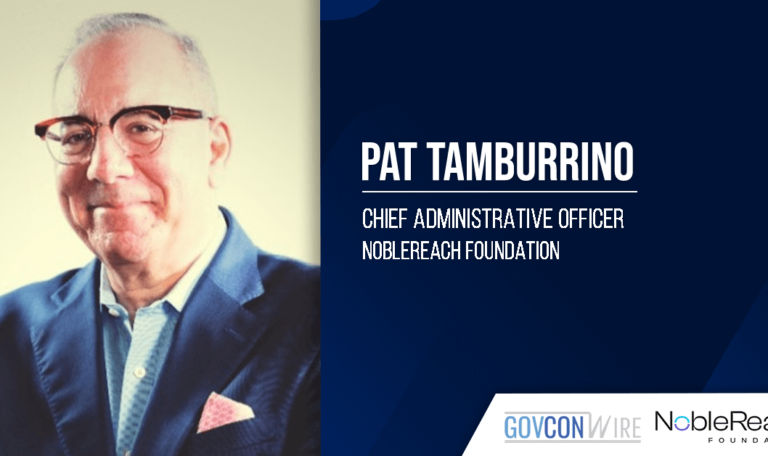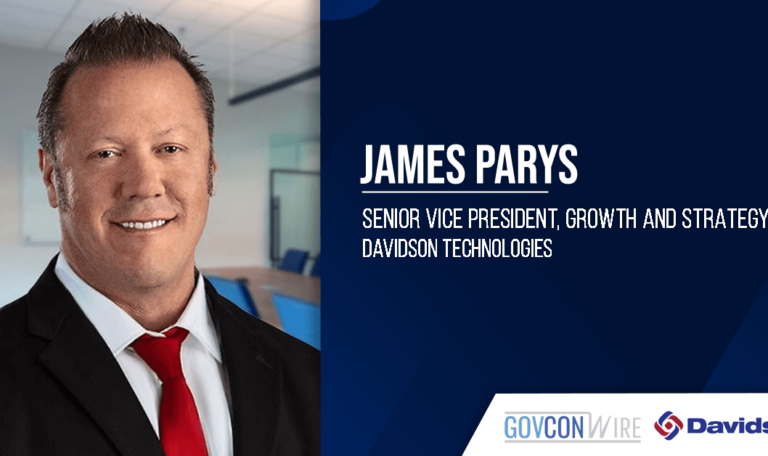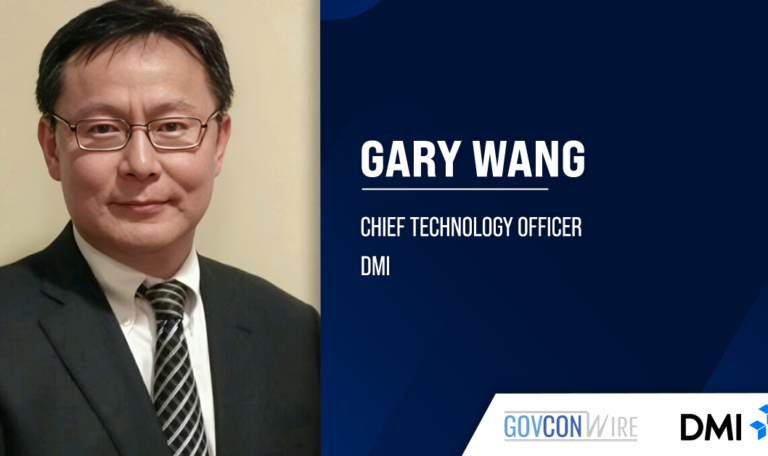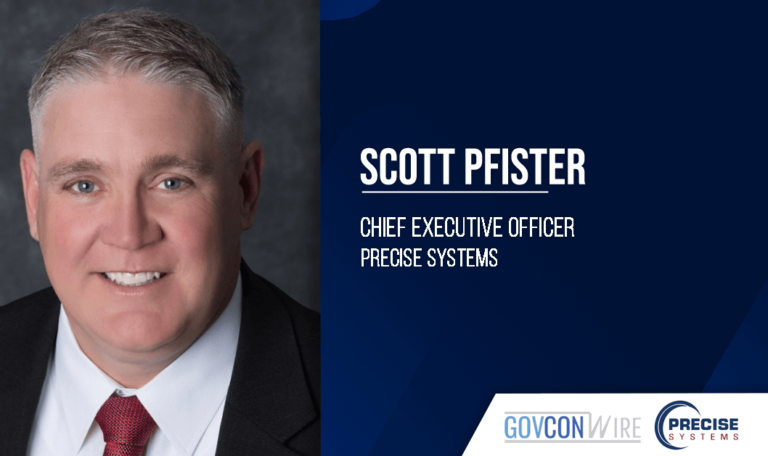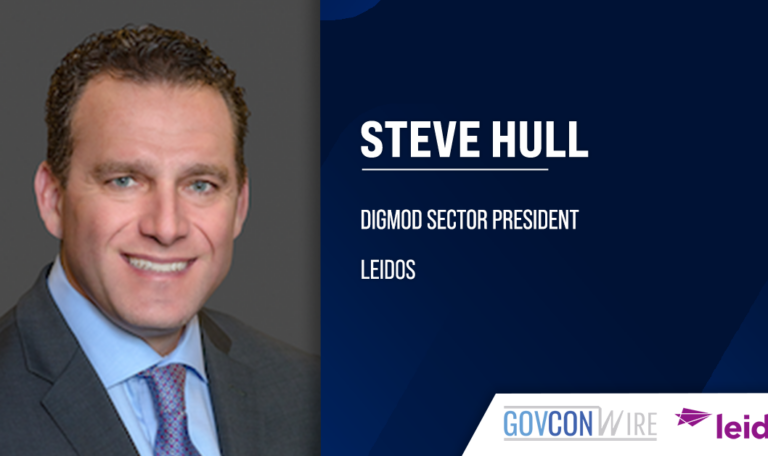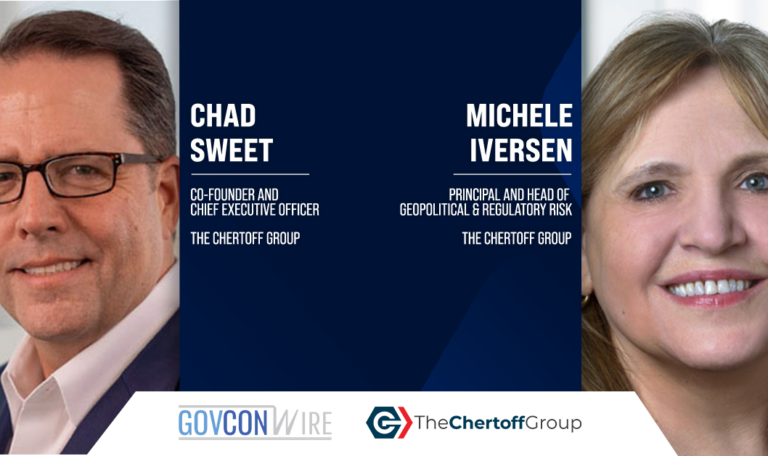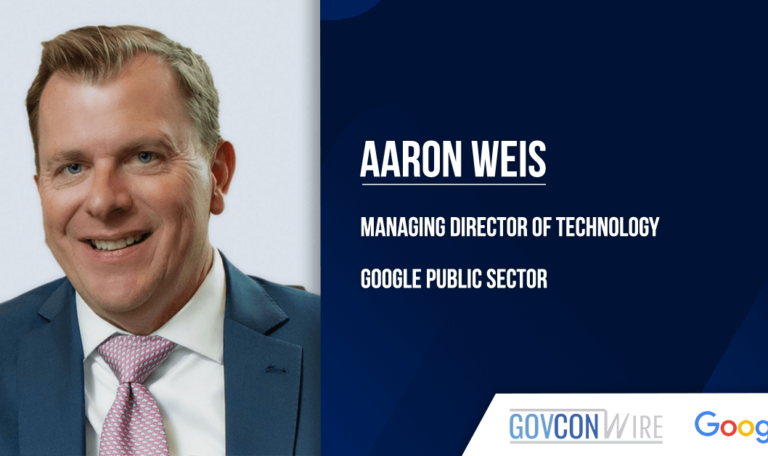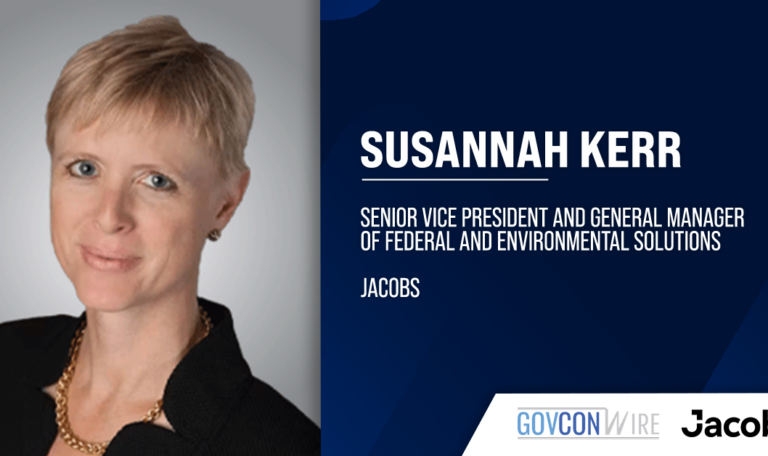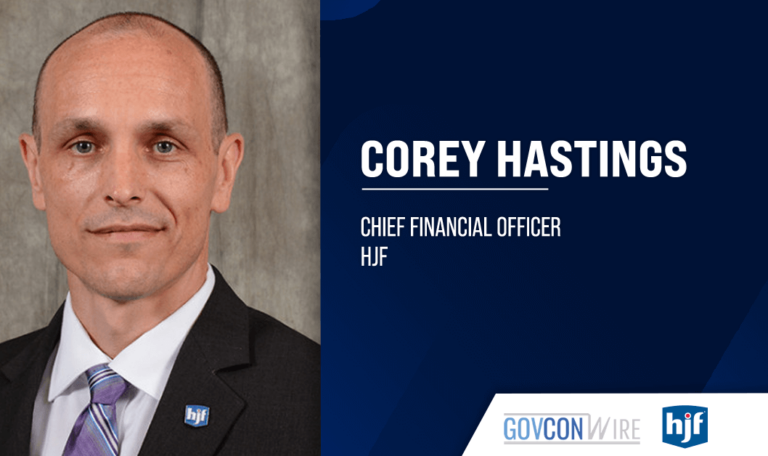The shifting global security landscape, emerging technologies and workforce trends are all shaping how the government and the GovCon industry operate. GovCon Wire sat down with Rich Sawchak, CEO of Systems Planning and Analysis, to get his perspective on the GovCon trends influencing the federal landscape today.
Sawchak took the reins as SPA CEO in November 2022. In this interview, he spoke about the future of the information technology modernization movement, the urgent national security threats facing the U.S. and our nation’s most pressing defense priorities. Read below for the full interview:
GovCon Wire: What’s the most impactful trend you’re currently seeing in the GovCon market? How are you seeing GovCon organizations respond to that trend?
Rich Sawchak: The most deeply impactful trend today is the dramatic IT modernization movement toward cloud-based infrastructure, robust AI/ML-based systems and big data analytics. This trend is obviously pressurizing decisions on IT networks and systems, but it comes with question marks. The GovCon community is responding to this transition in an appropriately cautious manner, given that the evolving IT ecology is a ‘complex system.’ The cloud, AI/ML and big data are dynamically evolving in real time in response to a steady drumbeat of new tools and capabilities, government decisions, business opportunities and emergent evidence of risks. Consider:
- The cloud is creating a new set of concerns for architecture resiliency as well as dependency on outside entities to fulfill vital day-to-day IT needs.
- Interest in AI/ML raises a family of questions about privacy of data, trust in answers, corrupted processes and criminal vulnerability that must all be worked through.
- The entire GovCon community is probing how AI/ML can safely increase speed, quality or business efficiency.
The GovCon community is cautiously respecting the uncertain evolutionary trajectory of this complex system by investing in new pacing platforms and software that provide progress while emphasizing IT agility and responsiveness.
Another side of this trend is less visible but more important — the human side. Just as social media and smartphones are ‘two-edged swords’ that can be addictive and divisive, these emergent IT changes will have undeniable impacts on how our workforces learn, share information, make decisions, converge on answers and feel about themselves. Careful attention is needed to ensure the revolution results in processes that are better, clearer and faster but do not create fragmentation within our workforces that undermine the good work, health and happiness of our teams.
So, these emergent technology innovation trends are a wonderful opportunity, but they must be carefully managed to make sure they deliver all the benefits possible while mitigating the side effects.
GovCon Wire: What do you think are the most pressing national security threats we’re facing today? How is SPA addressing these threats?
Sawchak: The most disruptive national security threat impacting the GovCon domain is, of course, the intensifying global threat landscape and all its consequences for how we must go about our day-to-day work. Strategic competition with China and Russia overlaps the digital revolution trend by forcing us to reconsider all our digital innovations within the additional context of cyber threats and cyber espionage — a domain in which the fight is already occurring. The GovCon domain must protect the government client as well as the contractor team and must be ready to operate in an environment with civil infrastructure degraded by cyberattacks. This affects how we support our clients, how we secure our own facilities and data and how we train our people to keep them secure at home.
The degrading international security situation includes peer/near-peer threats from China and Russia as well as regional threats from Iran and North Korea. It includes military and nontraditional threats to the United States, our Allies and our partners — including economic instability, polarizing global trade, higher interest rates, stalled growth, communication disruptions, migrating populations, further pressure on federal budget priorities and economic impacts on GovCon workforces. GovCon organizations are being asked to provide more innovative answers to more challenging national security problems in less time, and the situation is likely to get harder before it gets better.
Now, different GovCon players have different priorities, but some of the areas where SPA sees big surges in demand include:
- Rethinking National Security Investments: The existing U.S. national security hardware array was built with cost-control as the primary concern and schedule/capability as secondary concerns. Now that the nation is unambiguously facing multiple threats in diverse theaters, priorities have changed to emphasize urgency, readiness and capability, and SPA is engaged in that reassessment.
- Reinvigorating infrastructure: Our ability to quickly meet these new demands for performance is further complicated by past decisions to disinvest in critical industries and infrastructures. SPA is contributing to many places in our national effort to reinvigorate our infrastructure, vendor and supplier base, shipbuilding capacity, resiliency and supply chains.
- Building the workforce of tomorrow: Many aspects of the U.S. workforce were neglected over decades as well. SPA is helping government and industry target a variety of initiatives focusing on education, training and partnerships, especially education and training in STEM. Internally at SPA we are investing in digital tools, AI/ML options and our next generation of talent (including a robust internship program).
SPA’s 50+ year history has challenged us with providing objective, responsive and trusted inputs to government clients in both a Cold War and a post-Cold War environment. As we have grown over the years, we have expanded our analytical reach from the seabed to space, from present day to long-term technologies, from the cyber domain to heavy industry, from waterways to critical infrastructure and from submarines to satellites. Like so many players across the GovCon community, SPA is seeing a massive amount of challenging work ahead.
GovCon Wire: If we’re losing ground in any critical national defense priorities, how are we working now to catch up?
Sawchak: At SPA much of our effort goes toward helping our clients anticipate emerging security trends so they see problems before they arrive. We address the drivers of those trends, so that our clients can tell whether the trends are short-term or long-term. Finally, we help outline a range of anticipatory steps that should be taken to address the challenges preemptively.
If we are losing ground, it is critical to identify the root causes for being behind; problems cannot be fixed if the root causes are unaddressed. A massive root cause is insufficient resourcing, a topic that deserves candid discussion:
- Our national wealth is the product of many factors: free enterprise, creative entrepreneurs taking risk, rule of law, freedoms protected by a Constitutional democratic republic and a shared culture of trust. This system has produced a U.S. per capita GDP that is six times that of China, according to the World Bank. Protecting that system is worthy of investment.
- Successful deterrence is orders of magnitude less costly than failed deterrence. Ongoing international tragedies make clear that a fight, once started, grows geographically, grows in intensity, grows in cost, grows in lives lost and grows in risk. Whatever deterrence costs, it is much more affordable than fighting.
- Contrary to common understanding, even in the face of obvious emergent threats, the U.S. is shrinking the share of its national wealth spent annually on national defense. According to OMB data, corrected for inflation, compared to 1962, our 2023 GDP is five times higher, our annual federal outlays are 6.1 times higher, but our national defense spending is only 1.5 times higher. Additionally, if we compare the last eight-year period (2016-2023) with the previous eight-year period (2008-2015), our GDP was 21 percent higher, our federal outlays were 35 percent higher, but our national defense spending was three percent lower.
One of the most vital ways to ‘secure the blessings of liberty to ourselves and our posterity’ is to invest in robust deterrence by increasing the priority we place on national defense spending.
GovCon Wire: Let’s talk about the workforce. What are some of the major workforce trends you’re seeing in the market, and how are those trends affecting organizations like SPA? How are you adapting to those trends?
Sawchak: Like many in the GovCon domain, SPA has invested in familiar factors such as remote work and the organic growth of an expert workforce. We are working hard to anticipate the impact of the digital revolution on workforce effectiveness and happiness. But at SPA we also see another very important positive change going on that is not getting enough attention: We see a significant increase in our workforce’s mission-oriented mindset. Doing critical national security work in a time of clear global challenge is creating in a workforce a stronger commitment to the nation’s defense and an urgent sense of purpose.
Our employees feel that sense of mission, and SPA as a company is echoing that sense. Our executive leadership team is redoubling efforts to ensure our employees have the tools, facilities, compensation, benefits and training that will help attract them and keep them. The best way that SPA as a member of the GovCon team can contribute to national security is to retain our exceptionally engaged and motivated workforce, keep them equipped with the best tools and focus on ensuring their continued success in their vital work.




